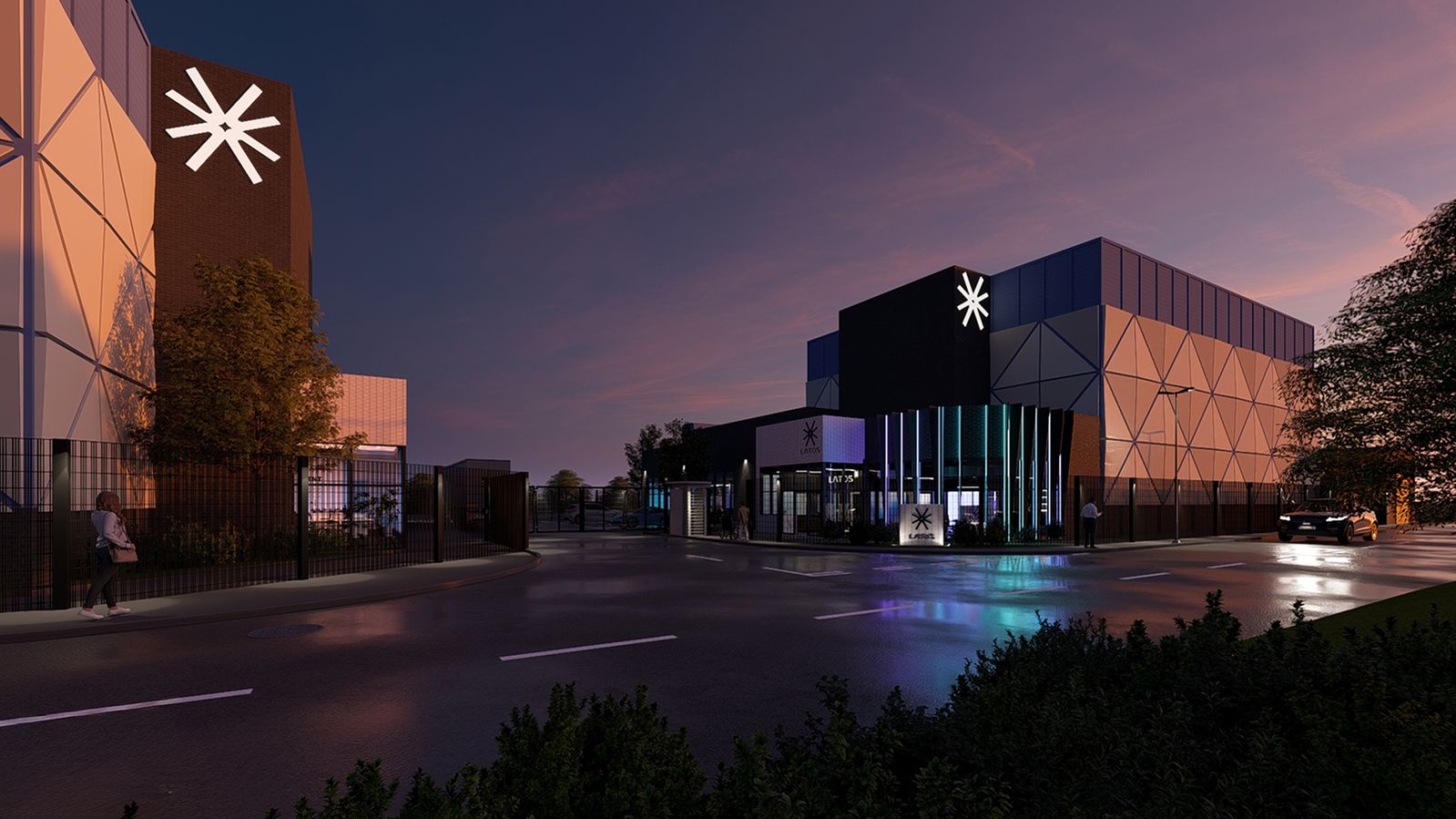The missing link in AI infrastructure: proximity

When we talk about data centre infrastructure, the conversation often centres around speed, power, and scale. These metrics matter, and they always have. But in the age of real-time AI, there’s another critical factor: proximity. When intelligent systems are making decisions in milliseconds, it’s not just about how much processing power you have. It’s about where that power is located.
Proximity matters more than ever before
Real-time responsiveness is becoming a non-negotiable requirement in today’s digital world. Whether it’s an autonomous vehicle navigating a crowded junction, a robotic arm making micro-adjustments, or a wearable healthcare device delivering live diagnostics, lag simply isn’t an option.
No matter how powerful, traditional data centres can’t deliver the immediacy these latency-sensitive experiences require. The physical distance between the data source and processing point introduces delay that can compromise accuracy, performance, and even safety.
To meet these demands, we need infrastructure design that follows the flow of innovation. That means data centres that aren’t only powerful, but also closely situated to where data is being generated and used.
Working at the neural edge
This is the thinking behind our neural edge solution, and the driving force behind a new class of data centre: power-dense, modular, and located at the edge. These aren’t sprawling, remote server farms. They’re compact, efficient, and embedded seamlessly in urban and industrial environments, where they can process vast volumes of data close to the action.
We call them Neura Data Centres, and they represent a fundamental rethink of what data infrastructure should be.
Built for the demands of tomorrow
Our Neura facilities are purpose-built to support the next wave of intelligent technologies:
AI-powered smart cities, where real-time traffic management and environmental monitoring depend on immediate data processing.
Advanced robotics, requiring ultra-fast feedback for safety and precision in manufacturing.
Autonomous vehicles, where even a tiny delay can impact decision-making.
Predictive healthcare, where patient data must be interpreted quickly and securely.
Immersive experiences including AR and VR environments where latency directly affects quality and usability.
Systems like these demand processing an infrastructure that can keep pace, they demand the neural edge.
Putting performance in its place
Our facilities don’t just deliver compute density. They deliver intelligent, scalable design that offers the flexibility modern businesses need.
Our Neura facilities can scale quickly, adapting to changing local demands. Renewable energy integration and advanced cooling support better efficiency and sustainability. And because they’re compact and architecturally considered, they do more to blend into their environment without disruption - enabling innovation without dominating the landscape.
The new backbone of innovation
The next era of computing won’t be defined by power alone, but by how close that power is to the point of impact. That’s exactly where we’re building our Neura Data Centres, creating the foundation for the next decade of digital progress.



